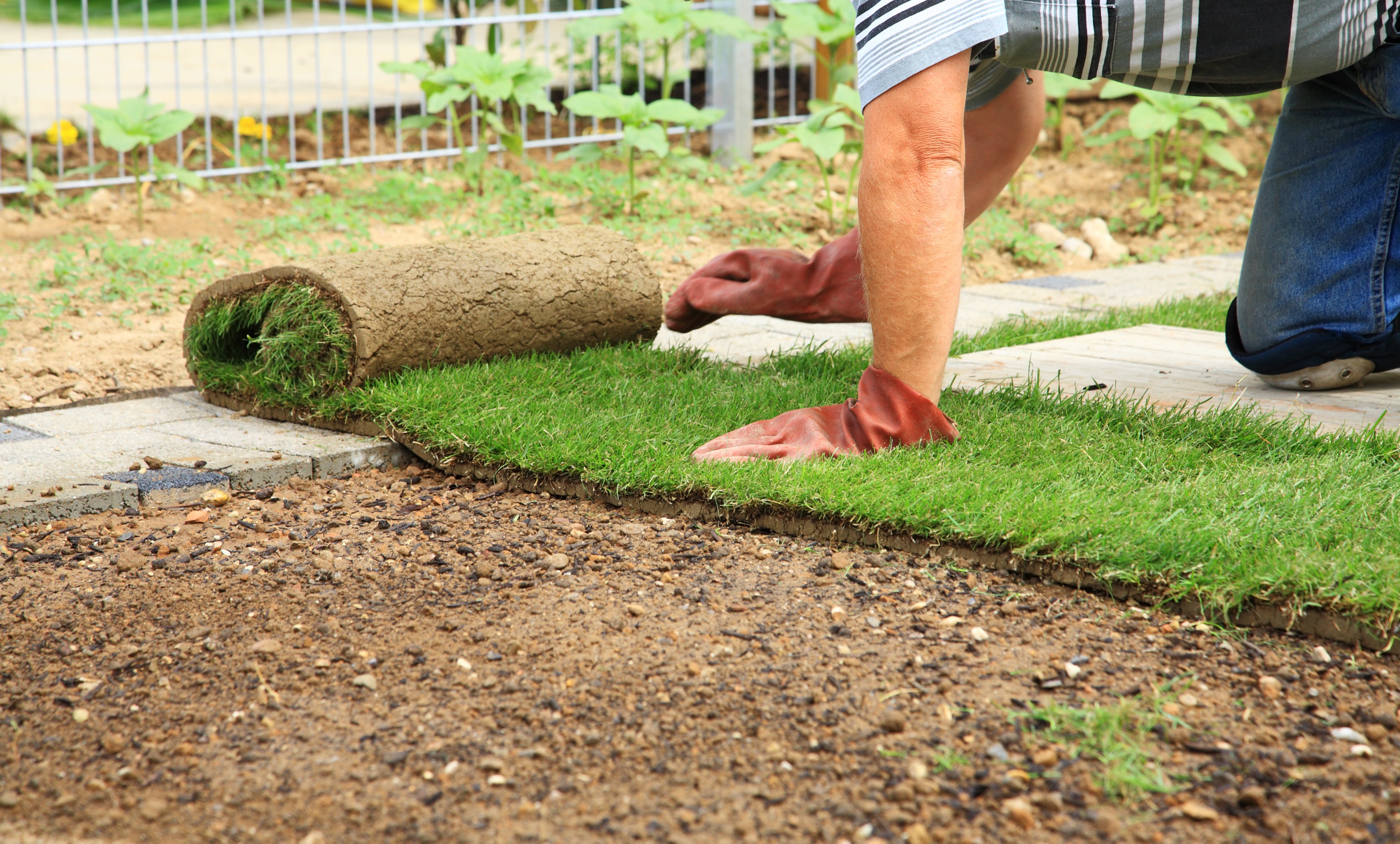
Removing an old lawn is often necessary to plant new grass or build a new outdoor structure. Find out what to budget for your lawn removal cost.
Fresh gas and a funnel (or two) are both great investments in your safety


Tens of thousands of Americans are injured using lawn mowers each year.
Use fresh unleaded gas for most mowers.
Never add gas to a running or overheated lawn mower.
Regular inspections and maintenance can help save you money long-term by preserving your lawn mower's life.
Moving to the suburbs or buying your first home with a yard—especially for a previous city-dweller—is exciting, but there's definitely a learning curve when it comes to mowing a lawn. Good on you for doing research since lawn mower accidents and injuries are (unfortunately) all too common. In this guide, learn seven tips to help you add gas to your fuel tank and preserve the health of your mower.
Every lawn mower works a little differently. You'll want to understand where the gas tank is located, as well as if you'll need to prime your device before you use it to avoid lawn mower mishaps.
But let's be honest: Sometimes, we buy new things and toss the manual. If that's the case here, do a quick internet search of your lawn mower model to find the instructions as a PDF.
For most lawn mowers, fresh unleaded gas works just fine. You can buy a 5-gallon gas can (around $20), then fill it right at the gas pump. The octane rating should be 87 or higher. If regular unleaded gas in your area is below 87, opt for premium gas.
Make sure you unscrew the lid and put the nozzle firmly in the gas can before filling at the pump. Don't walk away as it fills. Take any other precautions as needed to prevent spills.
Natural gas has a shelf life of three to six months. If your canister still contains gas from last season, pour the old gas in a government-approved container and dispose of it at a local site.
According to the U.S. Consumer Products Safety Commission, tens of thousands of Americans suffer from lawn mower accidents each year. One of the most common injuries they face are burns, often from fuel that ignited due to misuse. Not good.
The vibrations from a running mower could cause you to spill gas on the engine, which can create harmful vapors or gas fire. It may seem convenient to keep the lawn mower running, especially if you're halfway through the job and don't want to walk your device back to the shed. But that's exactly what you should do.

Similarly, never add gas to a lawn mower when it's really hot. The heat could be from use or even from a mower that sits in storage on a hot, humid summer day. Let it cool for 15 to 30 minutes before unscrewing the lid and adding gas.
Investing in a funnel makes adding gas to a lawn mower safer and easier. You can buy a plastic funnel at home improvement stores for under $5. Place it in your gas tank, then gently pour gas in to fill.
You might as well get two funnels while you're at it, so you have one to re-up your oil levels as well.
Most lawn mower gas tanks have a screw-on lid. Some click into place when they're locked, while others may simply tighten. Always double-check that the gas cap is secure before pulling the rip cord to start your lawn mower.
You're about ready to go! Since we're talking safety, though, here are a few other steps you should take before hitting play on that podcast while you mow your lawn. These steps will help ensure safety.
Check the air pressure in the tires.
Check the oil levels and cleanliness of the oil.
Check the sharpness of your blade.
Remove any grime or dead grass from the bottom.
It's a good idea to inspect and make any repairs each season, especially if your lawn mower has been in storage all winter. Also, maintaining your lawn mower should be an annual task. Doing so can make it last a decade or more.
From average costs to expert advice, get all the answers you need to get your job done.

Removing an old lawn is often necessary to plant new grass or build a new outdoor structure. Find out what to budget for your lawn removal cost.

How much it costs to rent a lawn aerator depends on what kind you rent and how long you rent it for. Read on for the full details.

Artificial grass is a low-maintenance alternative to traditional turf. Learn how much artificial grass installation costs and what affects your price.
Fertilizer burns can result in discolored or dead grass. These nine tips will help prevent lawn burn and keep your yard looking healthy and green with fertilizer.

Spot common warning signs of too much nitrogen in the lawn and learn how to fix damage from overfertilizing or pet urine to keep grass green and healthy.

Curious how to kill weeds in your grass and keep them from popping up every season? Here are five weed-fighting methods to beautify your lawn.